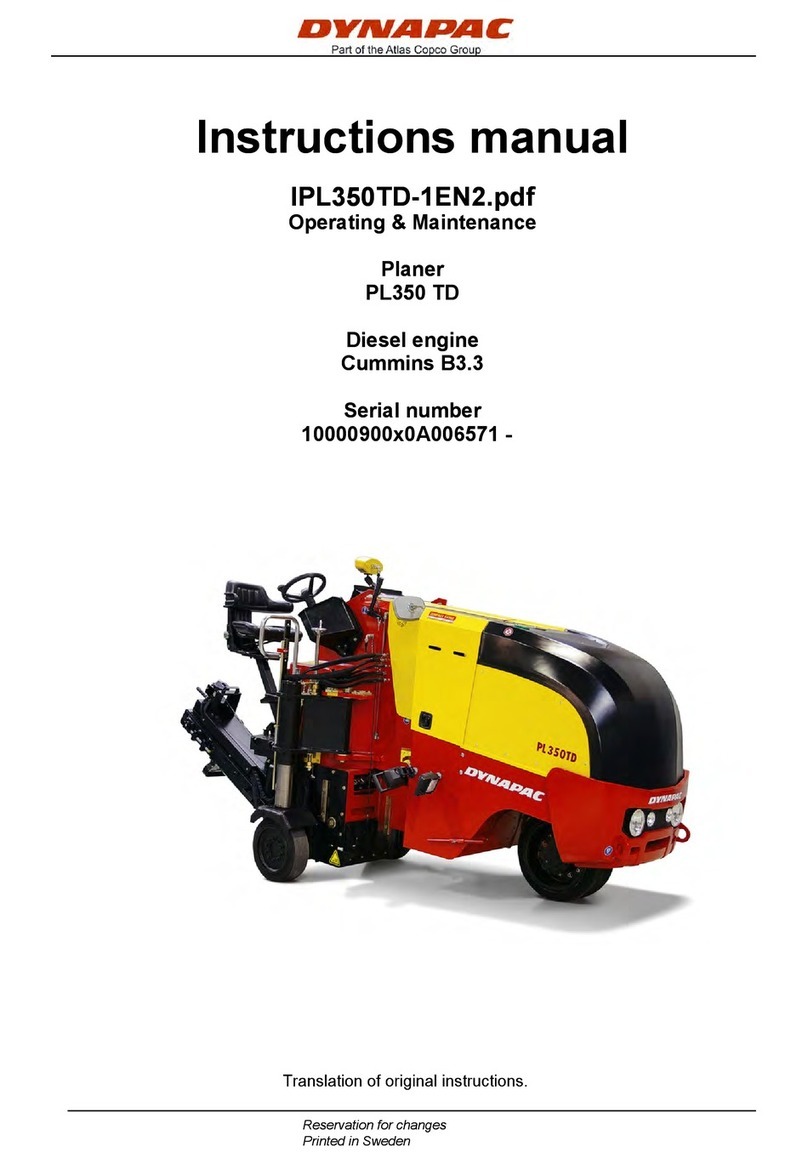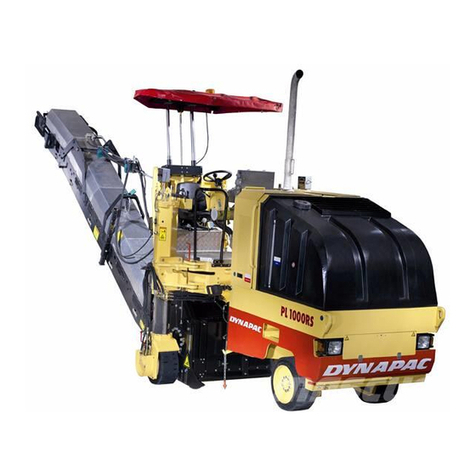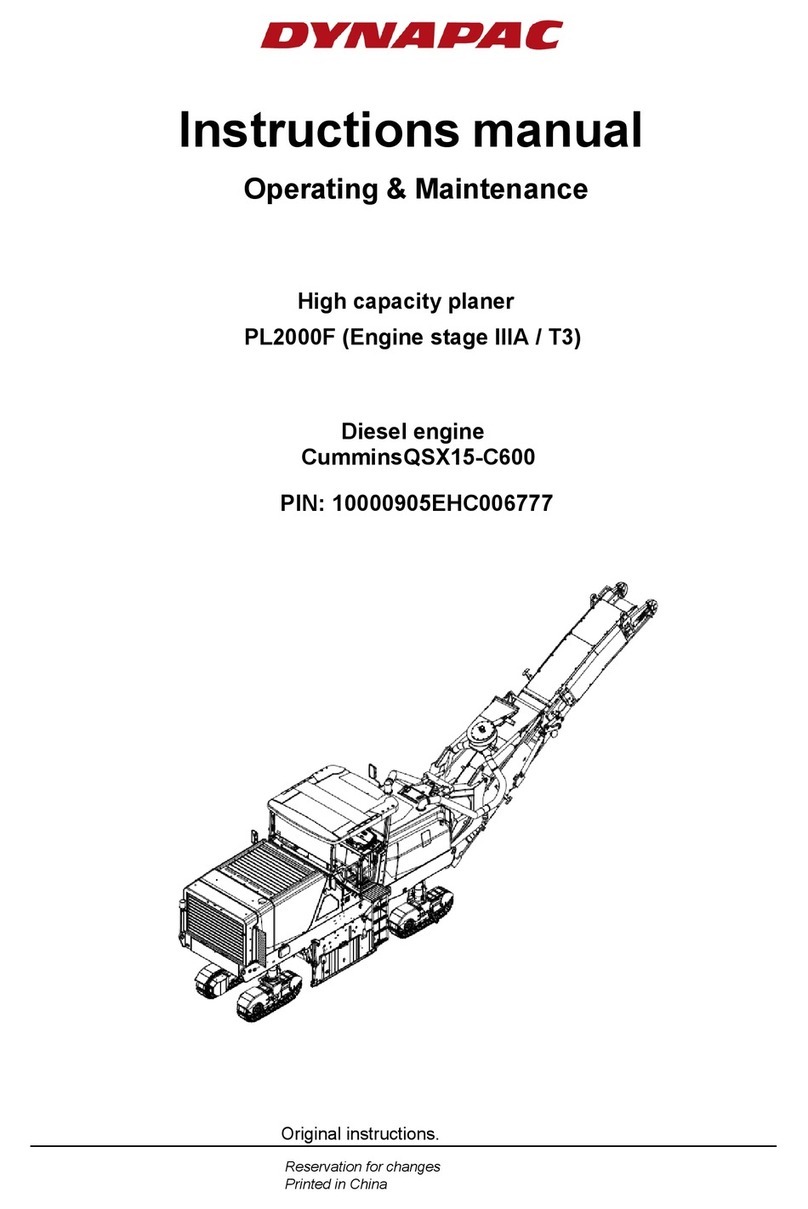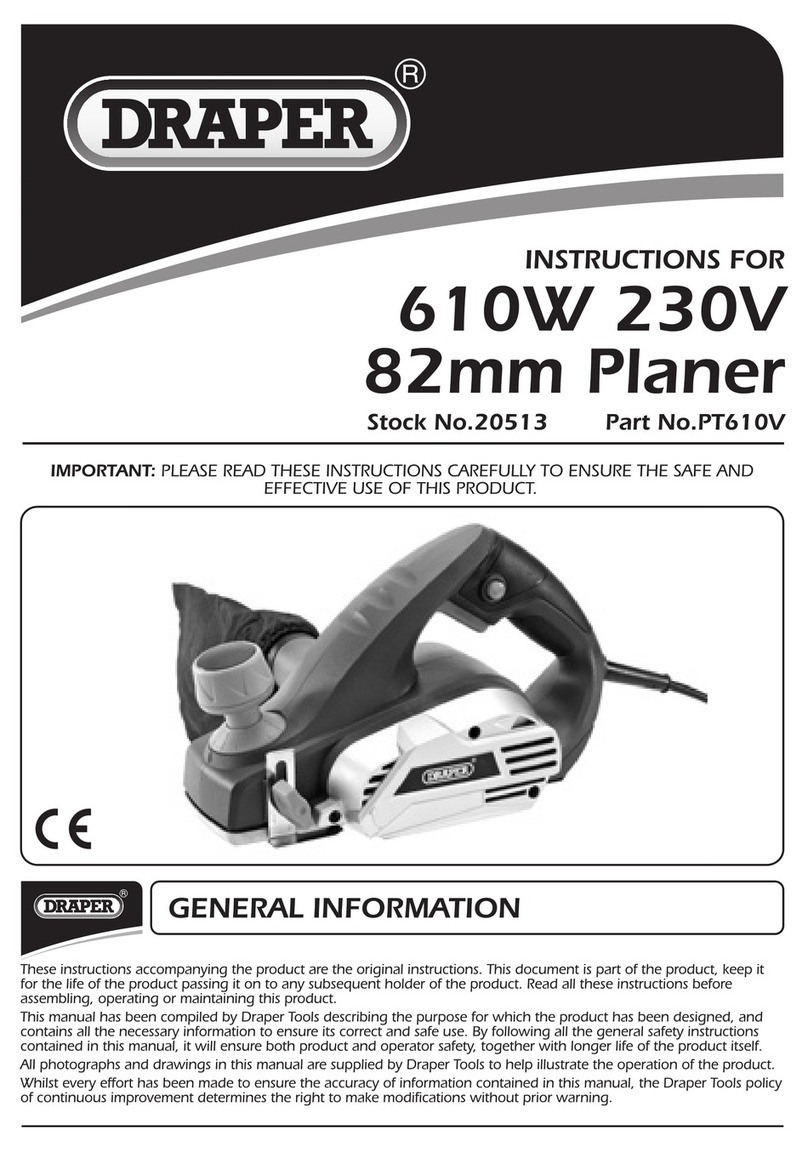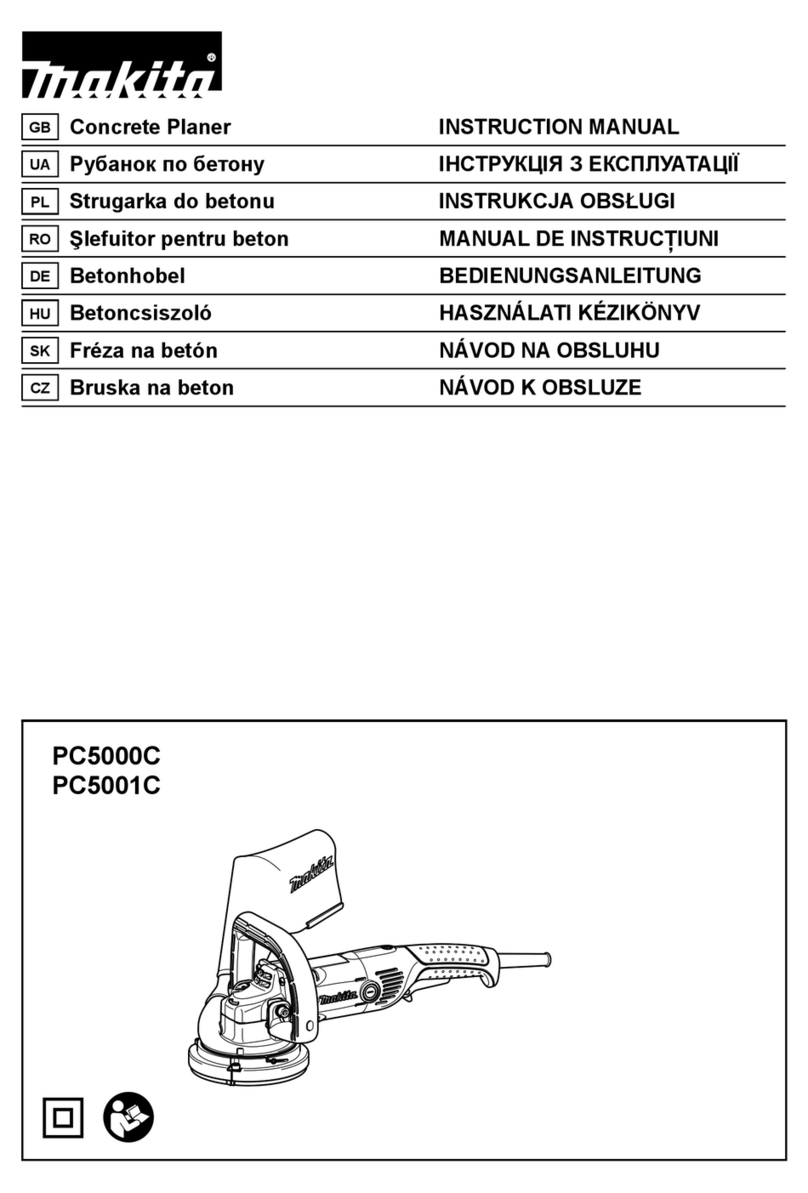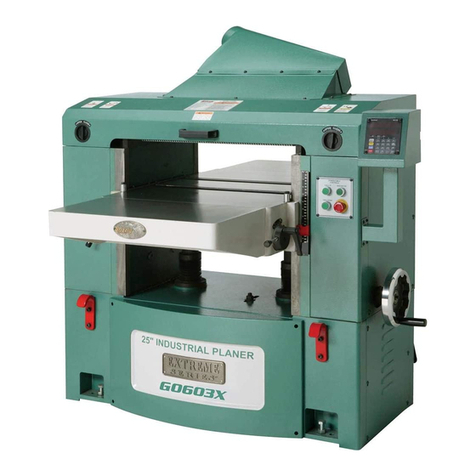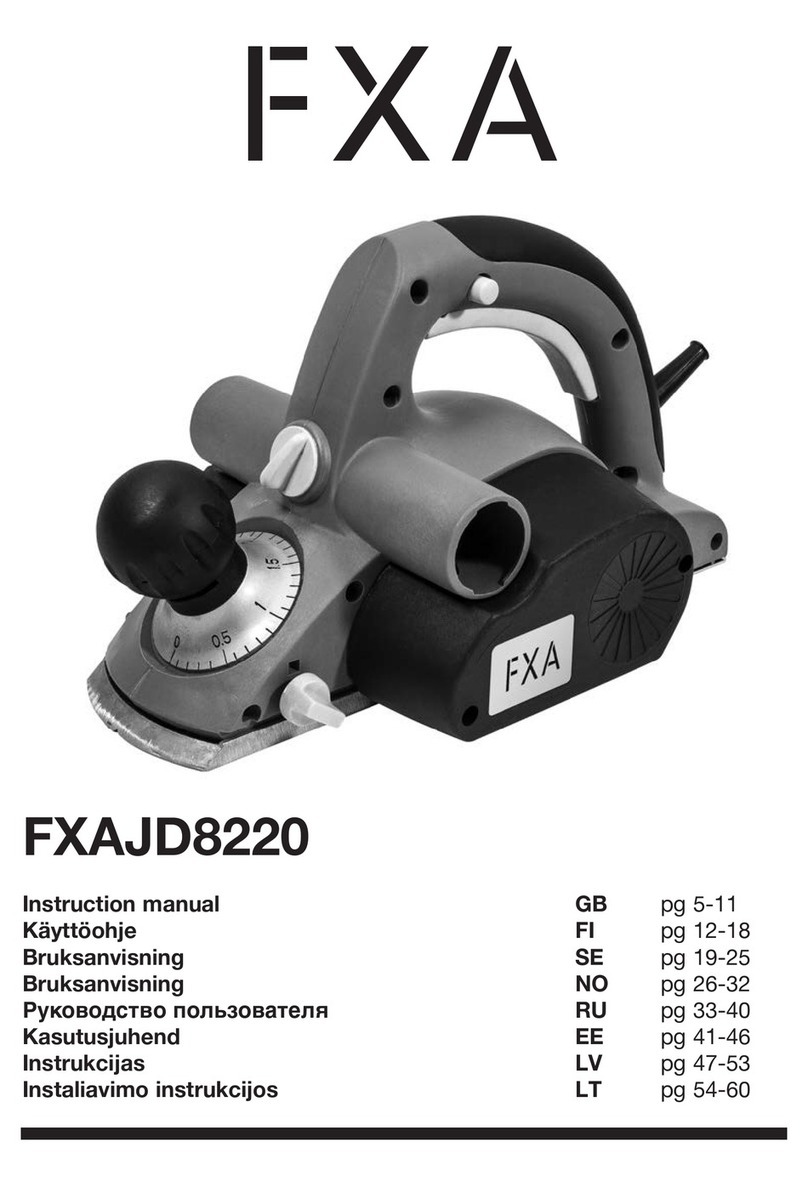
I 4
PL2000_GBIVZ.fm 4-4 - 10.01
5 Levelling unit .......................................................................................... 115
5.1 MOBA-matic type ................................................................................... 115
6 Operating the MOBA-matic .................................................................... 116
6.1 Liquid crystal display (1) ........................................................................ 120
Activation message ............................................................................ 120
Sensor message ................................................................................ 121
LED display ........................................................................................ 122
Connection: ........................................................................................ 123
Equipping with other sensors / conversion ........................................ 125
Button usage and possible button combinations
on the digital controller during milling ................................................ 127
6.2 Basic settings ......................................................................................... 129
6.3 Calibration to zero .................................................................................. 130
Initial situation for calibration to zero .................................................130
Other tasks ........................................................................................ 130
Calibration to zero for cable tension and Digi-Sonic sensors
when sensing the ground via the side boards. .................................. 131
Calibration to zero for the Sonic-Ski during ground sensing .............. 132
Calibration to zero for the Sonic-Ski during cable sensing ................ 133
Calibration to zero of the Digi-Rotary sensor (rotary arm sensor)
during cable sensing .......................................................................... 134
Calibration to zero for the laser receiver LS 250 ...............................135
6.4 Actual value calibration .......................................................................... 136
Digi-Slope sensor (transverse slope sensor) ..................................... 136
Initial situation for actual value calibration ......................................... 136
Other tasks ........................................................................................ 136
Height sensors ................................................................................... 139
6.5 Other settings ......................................................................................... 140
6.6 Operating the Moba-matik during milling ...............................................142
Initial situation for operation ............................................................... 142
6.7 Other tasks for adopting the initial position for milling: ........................... 143
Milling with height sensors ................................................................. 143
Milling with height sensors together with the transverse slope sensor145
6.8 MOBA-Matic error messages ................................................................. 146
7 Operation ............................................................................................... 147
7.1 Preparing for operation .......................................................................... 147
Devices and aids ............................................................................... 147
Before starting work ........................................................................... 147
Checklist for machine operator .......................................................... 148
7.2 Starting the machine .............................................................................. 151
External starting (starting aid) ............................................................ 153
Allowing engine to "warm up" ............................................................ 154
Driving the machine ........................................................................... 155
Milling (preparation) ........................................................................... 157
Milling ................................................................................................. 159
Milling operations using set-up button ...............................................160
Ending the milling procedure ............................................................. 161
Parking the machine .......................................................................... 163
Parking the machine for long periods of time .................................... 164
8 Emergency steering unit ........................................................................ 165






